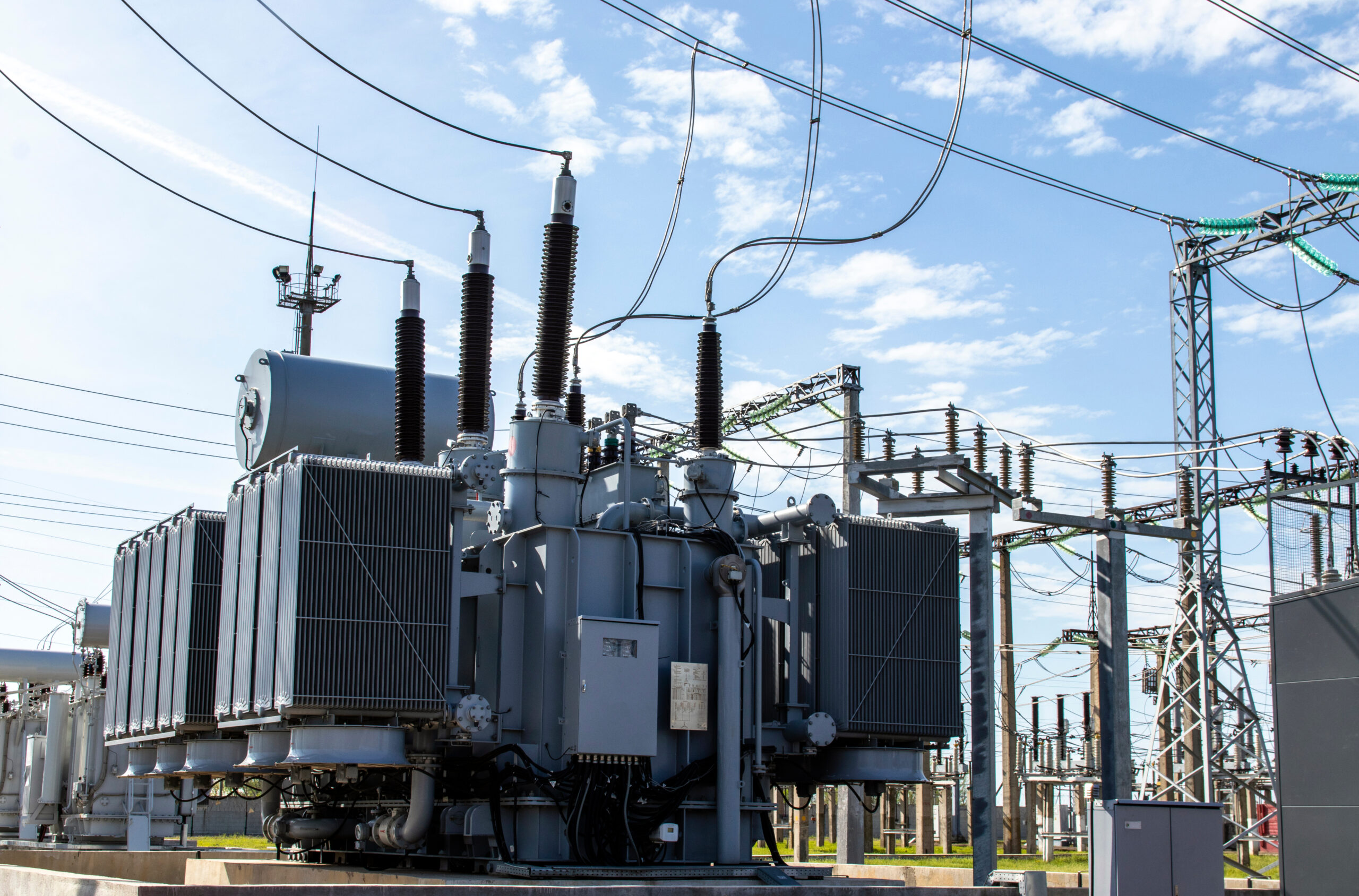Batteries create value from harvesting price volatility. The real time Balancing Mechanism (BM) has the most volatile prices in the GB market, yet battery (BESS) assets have captured limited BM value to date.
BESS BM value capture has historically been impacted by:
- Manual dispatch of flexible assets by the System Operator (ESO), disadvantaging smaller asset dispatch
- The 15 min rule where BESS bid offer acceptances are effectively limited to 15 mins of duration (given issues with the ESO’s visibility as to state of charge)
- Skip rates where the ESO has consistently chosen higher priced assets over BESS in the BM (reflecting issues 1. & 2. above, but also real constraints that the ESO faces in managing the system e.g. locational requirements to use thermal assets).
There has been significant progress in 2024 in addressing these factors with the introduction of the ESO’s new Open Balancing Platform and a relaxation of the 15 min rule.
In today’s article we look at the impact of these changes on BESS asset dispatch in the BM.
Introduction of the OBP
The Open Balancing Platform (OBP) went live on December 12th 2023 with the launch of the bulk dispatch capability for small BMUs and BESS units through the small BMU and battery zones respectively. This allows ESO control room engineers to simultaneously dispatch multiple units, reducing the need for manual intervention.
On December 15th, 2023, the battery zone was temporarily removed due to manifest errors arising from the inadvertent acceptance of a small number of high priced actions, reaching £99,000/MWh. On January 8th 2024, the battery zone was successfully re-introduced to bulk dispatch and has been up and running since.
Further instances of high price BOAs being accepted in the battery zone have occurred since January 8th due to insufficient warnings given by OBP to control room engineers. A fix for this issue has been implemented as of 6th February. In total 11 instances of high priced BOA acceptance have occurred since OBP launch.
Impact of the OBP on BESS assets
Chart 1 shows how introduction of the OBP has (i) driven up BESS dispatch actions but how this has been considerably offset by (ii) a reduction in volume per dispatch.
Chart 1: BESS dispatches per hour & mean volume per action since launch of OBP

Source: National Grid ESO, Timera Energy
Since the re-launch of BESS bulk dispatch, the average daily number of BESS Bid Offer Acceptances (BOA) rose substantially, (e.g. from 263 between 1st December and 8th January to 730 after 8th January).
However, the change in average daily volume of BESS BOAs has been comparatively moderate, rising by 23% compared to the period between 1st December and 8th January.
This reflects the fact that the average volume of each individual BESS dispatch has fallen by 57% from 4.1 MWh between 1st December and 8th January to 1.8 MWh following the use of bulk dispatch. This along with the increase in number of BESS units dispatched suggests that the ESO is dispatching a greater number of units to meet similar volume requirements in the BM as shown in Chart 1.
The introduction of bulk dispatch is a positive development for smaller BESS units, traditionally dispatched less frequently in the BM. However its impact on skip rates and BESS BM revenues is likely to be modest until overall BESS volumes in the BM show a notable increase.
This should improve over time as ESO control room engineers gain more confidence in OBP and identify the best ways to leverage the use of BESS flex in the BM.
Incremental improvements have already been seen with BESS now considered at all decision points in the scheduling process of the control room as of January 27th, alongside traditional actions such as CCGT and Interconnector Trades. There has also been the provision of an extra control room engineer from 5th February on a trial period of 3 weeks to support the dispatch of BESS through OBP.
In summary, introduction of the OBP is one of the factors that should support growth in BESS BM value capture over time, but it is not a magic silver bullet driving a step change in value uplift straight away.
Lifting the 15 min rule is set to have a bigger impact
Another reason for low BESS volumes in the BM is that the ESO lacks real-time information on the state of charge of BESS beyond a 15-minute window, which constrains the duration of BESS dispatch. Consequently, BOAs on BESS units rarely exceed a 20-minute duration as show in Chart 2.
Chart 2: Duration of BESS BOAs post re-launch of OBP

Source: National Grid ESO, Timera Energy
This restriction will be lifted on 1st March as the ESO revises the 15 minute rule to 30 minute Maximum Export Limit (MEL) revisions, aligning with balancing reserve periods thus allowing BESS to provide this new service. Balancing reserve is due to go live on 12th March and will provide regulating reserve to balance supply and demand.
This will be a big step forward for BESS utilisation in the BM as it will allow BESS to be used more frequently for longer duration residual energy balancing actions as well as shorter duration frequency actions.
Taking January 2024 as an example (shown in Chart 3), 38% of all BOAs were for a duration of 0-15 minutes. This percentage rises to 64% when considering BOAs for a duration of 0-30 minutes.
This illustrates that, with the proposed change implemented, batteries will have the opportunity to compete for a significantly larger share of BOAs.
Chart 3: Total BOA volumes by duration in Jan 2024

Source: National Grid ESO, Timera Energy
However, access to longer duration actions within the BM introduces the caveat that BESS BM units may need to submit more competitive bid and offer prices to increase their likelihood of acceptance by establishing a favourable position in merit order, particularly in comparison to other technologies such as CCGT units.
Up trend in BESS value capture from the BM set to continue
Further improvements to BESS utilisation in the BM will come with the forthcoming introduction of new dynamic parameters facilitated by Grid Code modification GC0166, which is expected to take effect in late 2024. This will give greater confidence in the state of charge of BESS, and will a be a big step toward the ESO’s goal of removing all uneconomic skips for storage BM units.
The changes being implemented show the ESO is taking BESS participation in BM seriously, after a period of strong industry pressure in support of more efficient use of battery flexibility to manage the system.
The changes we set out above are set to improve BESS value capture in the BM across 2024-25, with a key metric to watch being an increase in BESS BOA volumes.
Battery duration is also set to influence value capture. BM revenue typically increases with duration e.g. 1-2 hr + duration BESS will be more likely to be available to be accepted for longer duration actions. Shorter duration batteries (e.g. 1 hr or below) will have to reduce their power outputs and MELs to account for the 30 minute rule if they wish to be accepted for longer periods.
It is also important to consider that although control room system limitations have been a factor in high BESS skip rates, there are also other reasons e.g. the need for long duration actions (over 30 minutes) or voltage/inertia considerations which are better met by other technologies such as thermal asset flex.
There are also other challenges with BESS BOAs in managing the system as instructing a BESS unit can cause modifications to its Physical Notifications (PNs), which can potentially shift imbalance to later settlement periods. This concern has been a factor in limited use of BESS in managing thermal constraints.
Overall, a steady increase in BM revenue contribution is a big deal for BESS owners & investors. Ancillary revenues are now structurally saturated. BESS day-ahead revenue capture has receded since 2022 as gas prices and energy crisis stress have eased. This has resulted in intraday & BM revenue capture becoming an increasingly important driver of BESS returns, a trend that is set to continue.
Would you like to meet us in person this week and discuss our views in more detail?
There will be two opportunities as we present at conferences across the next two weeks. We will have a stand & be presenting at the Energy Storage Summit in London 20-21st Feb (see details below) as well as presenting at the Key Energy conference in Rimini Italy on 29th Feb.
Timera sponsoring & presenting at 2024 Energy Storage Summit
Our Power Director, Steven Coppack, will be speaking on:
BESS Investment Case in Germany & Italy
- Factors driving BESS investment momentum in DE & IT
- How the DE & IT investment cases differ from GB
- Revenue stack breakdowns for DE & IT
- Market access, offtake & financing
- Key investment risks
It would be great to catch up face to face if you are coming along. You can find members of our team at Stand 85 in the main room – or feel free to contact Steven steven.coppack@timera-energy.com.




